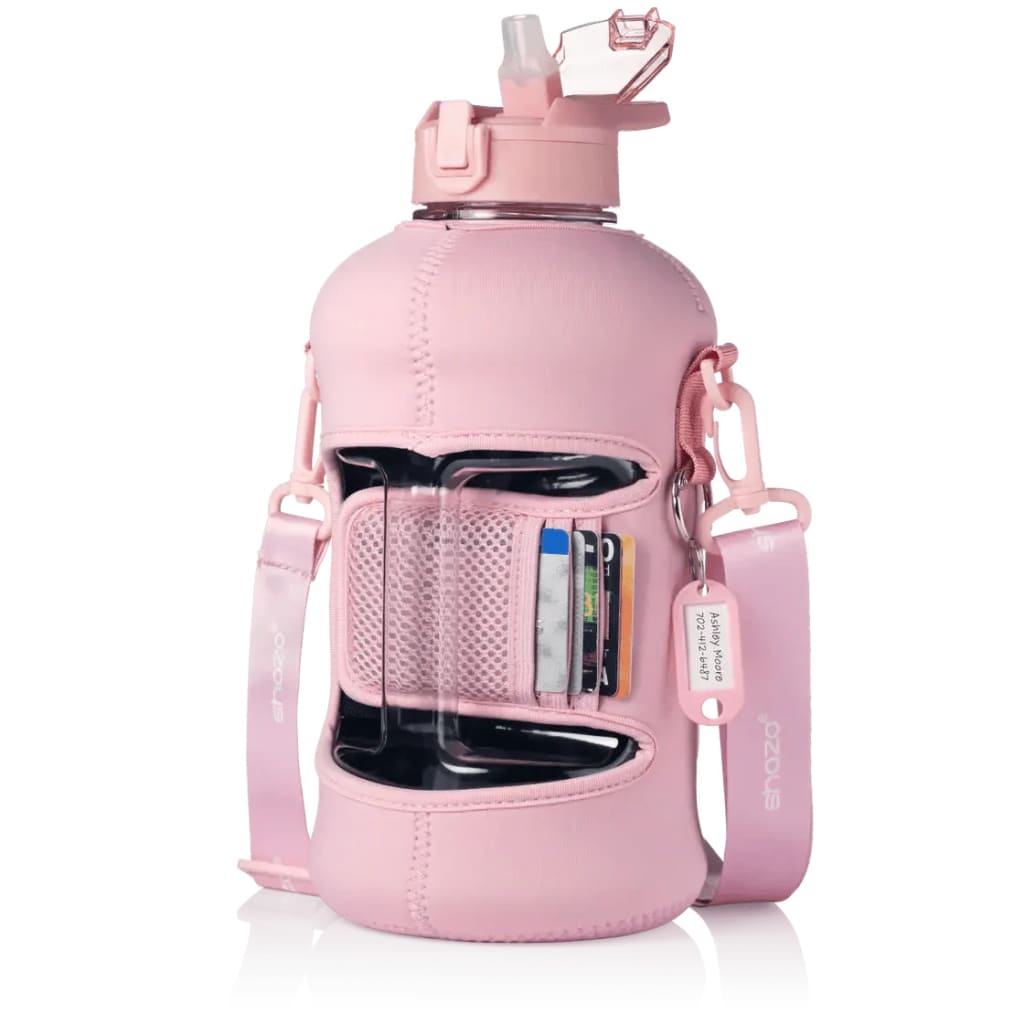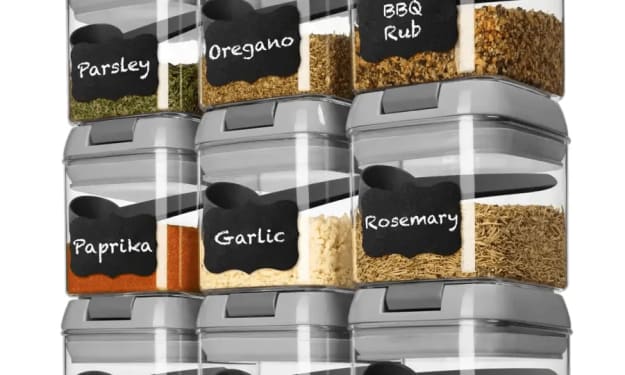How Water Bottle Colors Affect the Liquids Inside
The Impact of Water Bottle Colors on Liquid Quality and Consumer Perception

Introduction
Have you ever wondered why your favorite drink comes in a particular colored bottle? It’s not just a random choice! The color of a bottle can significantly impact the liquid inside it, influencing everything from taste to shelf life. Let’s dive into the colorful world of bottle packaging and uncover the science and strategy behind it.
The Science Behind Colors and Liquids
How Light Interacts with Liquids
Light can be both a friend and foe to the liquids we consume. When light passes through a bottle, it can trigger chemical reactions in the liquid, altering its taste, aroma, and even nutritional value. This is particularly true for beverages like wine, which can become 'lightstruck' and develop an unpleasant taste if exposed to too much light.
The Impact of UV Rays
UV rays are notorious for breaking down compounds in liquids, leading to degradation. For instance, milk in a clear bottle can spoil faster under UV exposure, losing essential vitamins. Colored bottles, especially those in darker shades like amber or green, provide a shield against these harmful rays, preserving the liquid’s integrity for longer periods.
Effects of Bottle Color on Various Liquids
Clear Liquids Like Water For water and other clear liquids, transparency is often preferred. Clear bottles allow consumers to see the purity of the liquid, which is a significant selling point. However, clear bottles offer little protection from light, making them less ideal for long-term storage.
Colored Beverages and Juices
Juices are susceptible to light-induced spoilage, where exposure can lead to loss of flavor and nutrients. Bottles in colors like green or brown can help block out light, ensuring that the juice retains its fresh taste and nutritional benefits.
Alcoholic Drinks
Alcohol, especially beer, is highly sensitive to light. That’s why beer is often found in brown or green bottles, which block out a significant amount of UV light. This prevents the beer from becoming 'skunky,' a term used to describe the off-flavor that develops when beer is lightstruck.
Preserving Oils and Vinegars
Oils and vinegars can go rancid when exposed to light, as UV rays can initiate oxidation processes. Dark glass bottles, particularly those in shades of green or brown, are commonly used to protect these products from light and extend their shelf life.
Material and Color Dynamics
Benefits of Glass Bottles
Glass is a popular choice for packaging liquids due to its impermeability and inert nature. It doesn’t react with the contents inside, making it ideal for preserving taste and quality. Colored glass, such as amber or cobalt blue, adds an extra layer of protection against light.
Plastic Bottle Considerations
Plastic bottles are lightweight and versatile, but not all plastics offer the same level of protection. Opaque and colored plastics can help reduce light exposure, though they may not be as effective as glass. It’s crucial to choose high-quality, food-grade plastic to ensure safety and durability.
Using Metal Bottles
Metal bottles, particularly those made of aluminum, are excellent at blocking out light entirely. They are durable and reusable, making them a great choice for both protecting the liquid inside and for environmental sustainability. However, they need to be lined to prevent reactions between the metal and the liquid.
Consumer Insights and Marketing
Psychological Impact of Bottle Colors
The color of a bottle can influence a consumer’s perception of the product. For example, blue bottles can evoke feelings of trust and cleanliness, making them ideal for water. Green bottles are often associated with health and nature, which can appeal to consumers looking for organic or natural products.
Marketing Through Color Choices
Brands leverage bottle colors as a key part of their marketing strategy. The right color can make a product stand out on the shelf and convey the brand’s message effectively. For instance, luxurious products might come in deep purple or gold bottles, signaling premium quality and exclusivity.
Industry Examples and Applications
Beverage Sector Practices
Take a look at the beverage industry, where bottle color choices are often strategic. Coca-Cola, for instance, uses green glass for its classic bottles to evoke nostalgia and a sense of heritage. Beer brands like Heineken and Budweiser use brown and green bottles to protect their products and maintain their iconic brand images.
Cosmetics Packaging
In the cosmetic industry, bottle color is used to reflect the product's purpose and appeal. Skincare products often come in white or pastel-colored bottles to convey purity and gentleness, while perfumes might use darker, more mysterious colors to evoke a sense of allure and sophistication.
Guidelines for Manufacturers
Optimal Color Selection
Manufacturers must consider both functionality and branding when choosing bottle colors. Understanding the type of liquid, its sensitivity to light, and the target market can help in selecting the perfect color that protects the product and attracts consumers.
Balancing Aesthetics and Functionality
While protection is paramount, aesthetics should not be overlooked. A beautifully designed bottle that effectively protects its contents can be a powerful tool in driving sales and establishing brand loyalty. Balancing these aspects is key to successful product packaging.
Environmental Impacts
Recycling Colored Bottles
Not all colored bottles are equally recyclable. Clear glass and plastic are more readily recycled compared to their colored counterparts. Manufacturers need to consider the environmental impact of their packaging choices and opt for colors that are both protective and eco-friendly.
Sustainable Packaging Innovations
The push for sustainability has led to innovative packaging solutions, such as biodegradable materials and reusable bottles. Emphasizing sustainability in packaging not only helps the environment but also appeals to increasingly eco-conscious consumers.
Conclusion
The color of a bottle is much more than a design choice; it’s a crucial factor that impacts the liquid inside in various ways. From protecting against harmful UV rays to influencing consumer perceptions, the right bottle color can enhance product quality and appeal. Manufacturers must carefully consider their options to ensure their products stay fresh, appealing, and sustainable. Whether it’s a sleek black wine bottle or a cheerful pink water bottle, the choice of color plays a significant role in product success and consumer satisfaction. For a variety of colorful and functional options, check out Shazo’s pink water bottle collection.
FAQs
Q: Why are wine bottles often green or brown?
Green and brown bottles protect wine from UV light, which can alter its flavor and quality. These colors help in preserving the wine’s integrity over time.
Q: Can plastic bottles provide the same protection as glass?
While some plastic bottles can reduce light exposure, glass generally offers better protection against UV rays and does not interact with the liquid inside.
Q: Are colored bottles recyclable?
Clear bottles are more easily recycled than colored ones, though advances in recycling technology are improving the recyclability of colored bottles.
Q: Do bottle colors affect consumer buying decisions?
Yes, the color of a bottle can influence perceptions of quality, safety, and brand identity, impacting consumer choices.
Q: How can manufacturers choose the best bottle color for their product?
Manufacturers should consider the liquid’s sensitivity to light, target audience preferences, and the balance between protection and aesthetic appeal when selecting bottle colors.
About the Creator
Enjoyed the story? Support the Creator.
Subscribe for free to receive all their stories in your feed. You could also pledge your support or give them a one-off tip, letting them know you appreciate their work.





Comments (1)
Interesting to know about this. Thank you for sharing. I never thought about this.